
漢德百科全書 | 汉德百科全书
 Peru
Peru
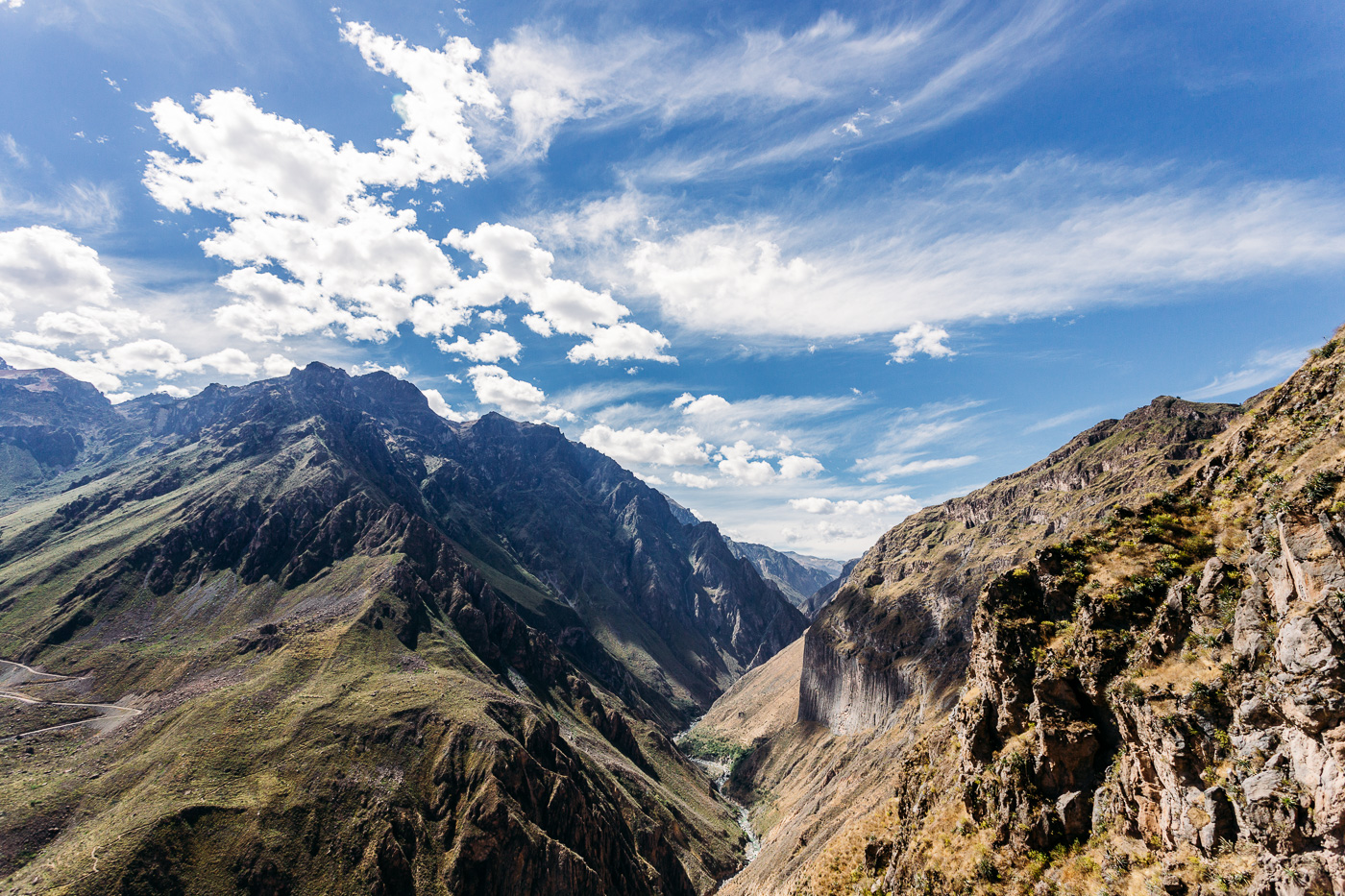
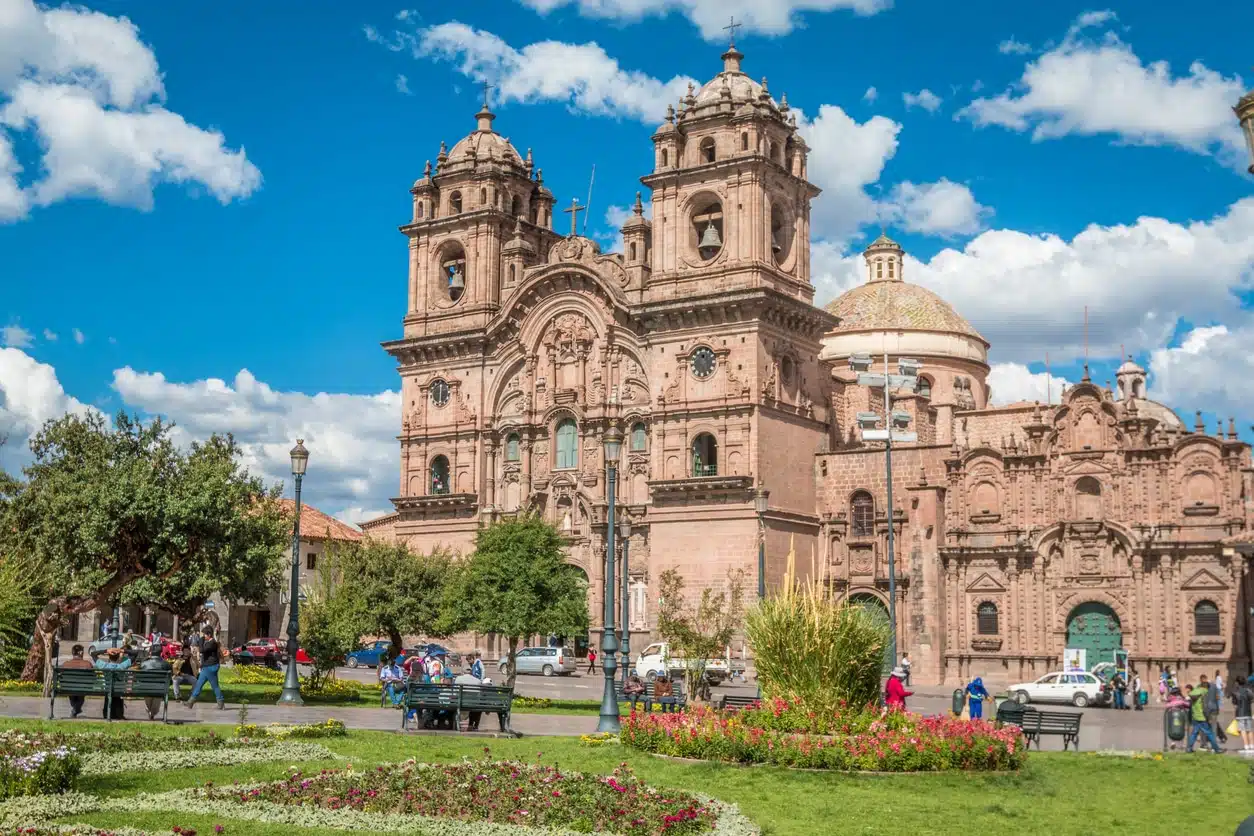
Die Kathedrale von Cusco oder die Kathedralbasilika der Jungfrau Maria Himmelfahrt (spanisch Catedral Basílica de la Virgen de la Asunción) ist die wichtigste Kirche von Cusco in Peru. Die Kathedrale des Erzbistums Cusco bildet zusammen mit den Nebenkirchen Kapelle des Triumphs und Kapelle der Heiligen Familie (spanisch Sagrada Familia) den Kathedralkomplex mit fast 4000 Quadratmetern, der sich im Nordosten der heutigen Plaza de Armas befindet. Die Anlage wurde auf dem Inkatempel des Wiraqucha errichtet. Das Denkmal im historischen Zentrum von Cusco ist seit 1983 Teil des UNESCO-Weltkulturerbes.
库斯科圣母升天圣殿主教座堂(西班牙语:Catedral Basílica de la Virgen de la Asunción del Cusco)是天主教库斯科总教区的主教座堂,连同毗邻的较小的胜利堂(Iglesia del Triunfo,建于1536年,库斯科第一座基督教堂)[1]和圣家堂(Sagrada Familia),位于秘鲁库斯科中心的主广场兵器广场(Plaza de Armas)东北。[2]。主教座堂的建造开始于1559年[1],位于印加王宫Kiswarkancha的遗址上[3]。主教座堂于1654年建成[3],建造工程几乎长达百年。整个建筑群占地3956平方米,为库斯科历史中心最重要的宗教古迹。
库斯科主教座堂不仅是一个宗教场所,也是库斯科殖民地艺术的宝库[1],拥有许多考古文物。1983年,作为库斯科古城的一部分列入世界遗产名录。

库斯科(西班牙语:Cuzco,[ˈkusko];奇楚瓦语:Qusqu,克丘亚语发音:/ˈqɔsqɔ/,科斯科),秘鲁东南方部城市,人口约有30万人,座落在Huatanay谷中(Huatanay有神圣的意思),被安地斯山脉环绕,是古老的印加帝国的摇篮。库斯科是库斯科大区及库斯科省的首府。
库斯科是一个高海拔城市,海拔有3400米(11024英尺),它的名字在秘鲁当地话中(盖丘亚语)意味着“肚脐”。1983年,城市中的古城列入联合国教科文组织世界遗产,登录名称为库斯科古城。在《秘鲁宪法(英语:Constitution of Peru)》中,列明库斯科是“历史首都”(西班牙语:Capital Histórica),乃一象征式的声明。
Cusco (außerhalb Perus in der Regel Cuzco; auf Quechua Qusqu oder Qosqo; auf Deutsch historisch auch Kusko[1]) ist die Hauptstadt der gleichnamigen Region und der Provinz Cusco im Zentrum des peruanischen Andenhochlandes. Sie liegt in 3416 m Höhe und hatte beim Zensus 2017 111.930 Einwohner im Stadtgebiet sowie 428.450 Einwohner im Ballungsraum.[2][3][4] Sie ist Sitz des Erzbistums Cuzco und einer Universität. Die historische Bedeutung als Hauptstadt des Inkareiches, die vorkolonialen und kolonialen Baudenkmäler und Sehenswürdigkeiten in der Stadt und ihrer Umgebung und die Lage inmitten der Anden machen sie zum Anziehungspunkt für viele Touristen.
1983 wurde die andine Stadt in die Liste der UNESCO-Welterbestätten aufgenommen. Cusco ist auch Ausgangspunkt für Ausflüge zu der etwa 100 Streckenkilometer entfernten, lange verborgenen Inkastadt Machu Picchu.
 Australia
Australia
 Brunei Darussalam
Brunei Darussalam
 Chile
Chile

 Hand in Hand
Hand in Hand
 Japan
Japan
 Canada
Canada
 Malaysia
Malaysia
 Malaysia
Malaysia
 Mexico
Mexico
 New Zealand
New Zealand
 Peru
Peru
 Singapore
Singapore
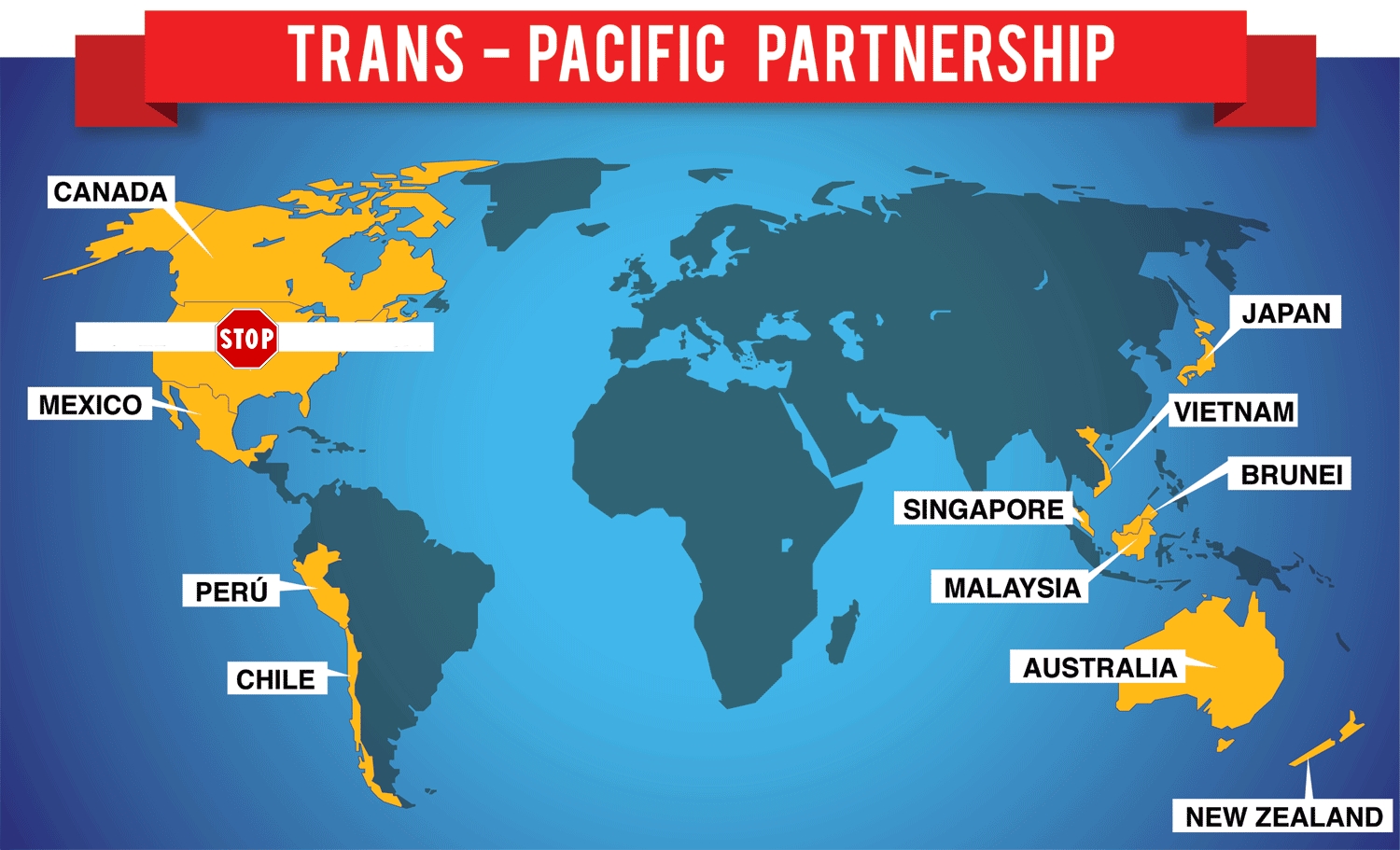
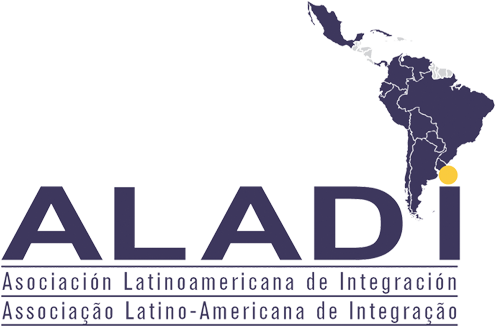

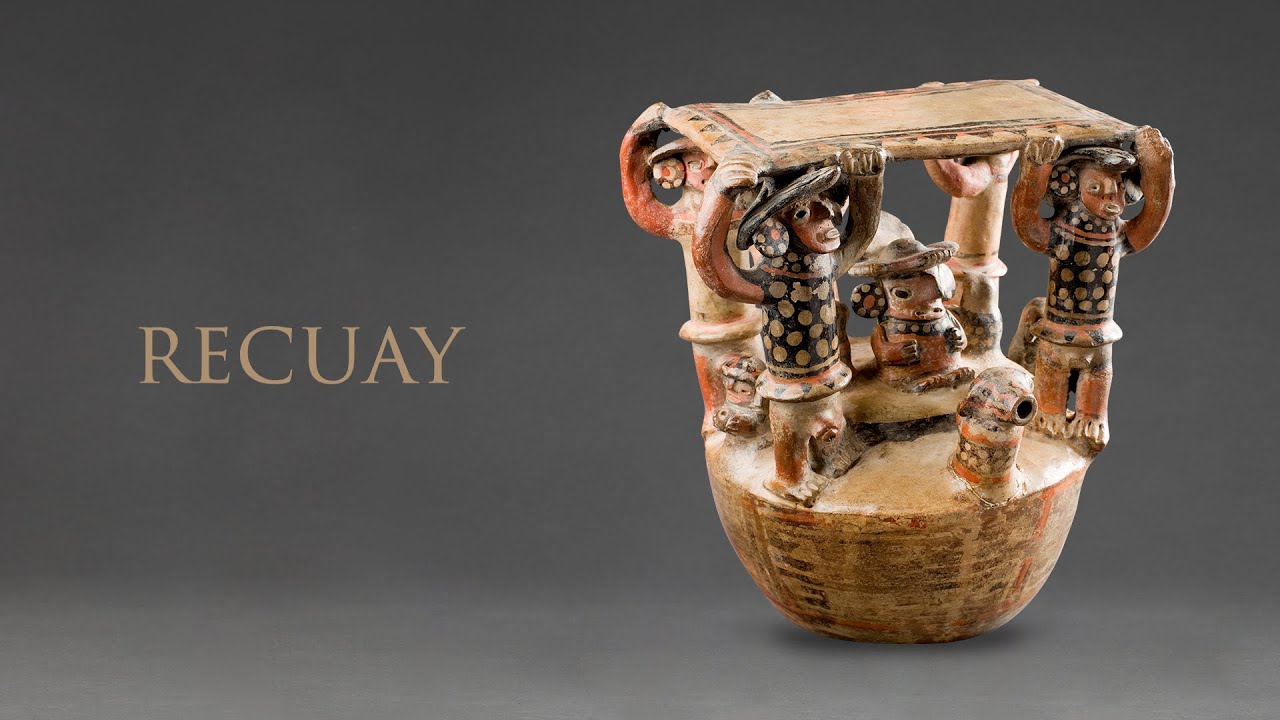



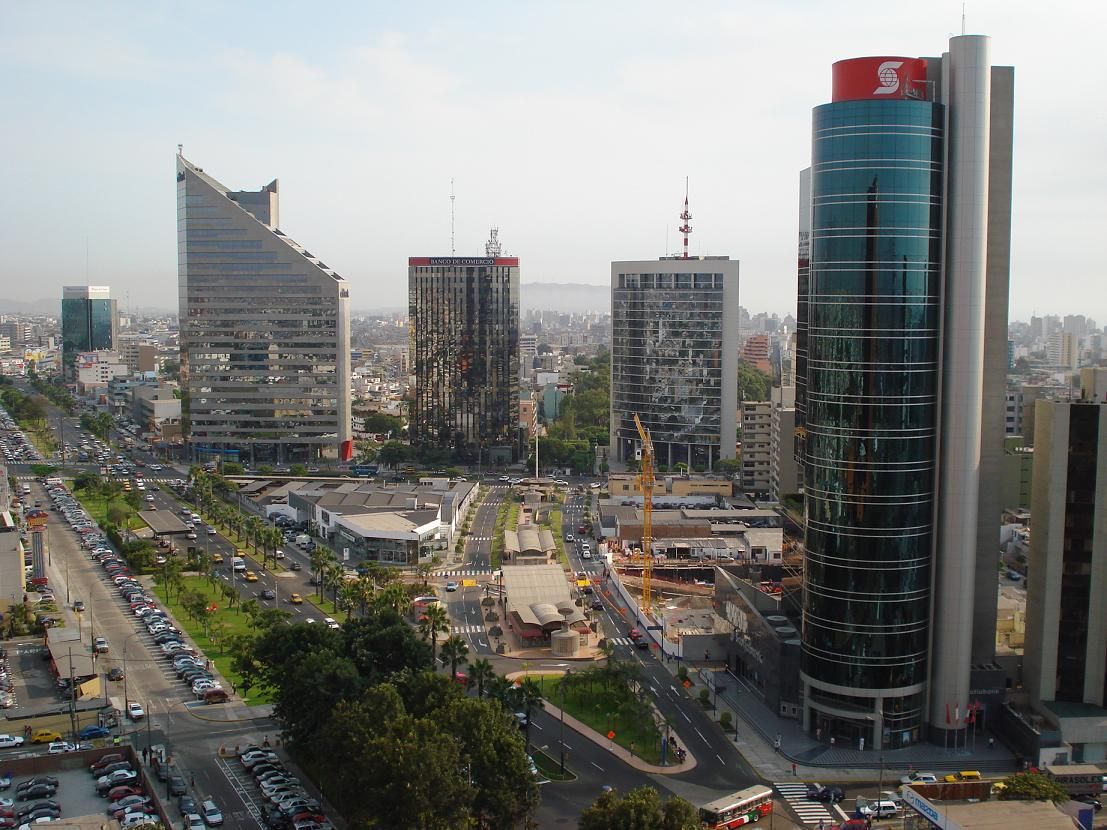
利马(西班牙语:Lima)是南美洲国家秘鲁的首都,位于秘鲁西海岸线的中央,西临太平洋,与海港卡亚俄组成利马都会区,是南美洲最大的都市之一,全国约有三分之一的人口居住在此地区。
当代,利马被认为是该国最重要的政治、文化、金融和商业中心,城市的基础于1535年1月18日由西班牙殖民者法兰西斯克·皮泽洛所建,是秘鲁的西班牙文化重地,著名的天主教建筑还包括了16世纪的利马主教座堂和国立圣马尔科斯大学。在1500年代和1600年代,秘鲁是西班牙美洲殖民地仅次于波哥大和墨西哥城的经济中心。
Lima ist die Hauptstadt des südamerikanischen Andenstaates Peru und die mit Abstand größte Stadt des Landes. Im Verwaltungsgebiet der Stadt, der Provinz Lima, leben 8.574.974 Menschen (Stand 2017).[1] In der Konurbation Limas mit der Hafenstadt Callao leben insgesamt etwa 10.480.000 Einwohner.[1] Beide Städte bilden die Metropolregion Lima (Área Metropolitana de Lima).
Lima ist ein wichtiger Verkehrsknotenpunkt sowie das bedeutendste Wirtschafts- und Kulturzentrum von Peru mit zahlreichen Universitäten, Hochschulen, Museen und Baudenkmälern. Die Altstadt von Lima wurde 1991 von der UNESCO zum Weltkulturerbe erklärt.
リマ(スペイン語: Lima)は、ペルー共和国の首都で、政治、文化、金融、商業、工業の中心地。人口約1,035万人で、同国最大。南米有数の世界都市であり、近郊を含む都市圏人口は2016年では1,095万人で、世界第29位である[1]。チャラと呼ばれる海岸砂漠地帯に位置する。市街地は植民地時代に建てられた建物が多く残るリマ・セントロ地区(1988年、ユネスコの世界遺産に登録)、それより海岸側の新市街(サン・イシドロ地区・ミラフローレス地区など三輪モトタクシー乗入れ禁止の閑静で裕福な地域)、それらの新旧市街地を取り巻く複数の人口密集地域(第二次世界大戦後に発展)、以上の三つに分類できる。リマは1535年にインカ帝国を征服したスペイン人のコンキスタドール、フランシスコ・ピサロによって築かれた。リマの名前の由来は市内を流れるリマック川(río Rimacが訛ったもの)に由来すると言われているが、当初の名前は"La Ciudad de los Reyes"(諸王の街)であった。
Lima (/ˈliːmə/ LEE-mə; locally [ˈlima]), founded in 1535 as the Ciudad de los Reyes (locally [sjuˈdat de los ˈreʝes], Spanish for "City of Kings"), is the capital and largest city of Peru. It is located in the valleys of the Chillón, Rímac and Lurín Rivers, in the desert zone of the central coastal part of the country, overlooking the Pacific Ocean. The city is considered the political, cultural, financial and commercial center of Peru. Due to its geostrategic importance, the Globalization and World Cities Research Network has categorized it as a "beta" tier city. Jurisdictionally, the metropolis extends mainly within the province of Lima and in a smaller portion, to the west, within the Constitutional Province of Callao, where the seaport and the Jorge Chávez Airport are located. Both provinces have regional autonomy since 2002.
The 2023 census projection indicates that the city of Lima has an estimated population of 10,092,000 inhabitants, making it the most populated city in the country, and the second most populous in the Americas after São Paulo.[5][6] Together with the seaside city of Callao, it forms a contiguous urban area known as the Lima Metropolitan Area, which encompasses a total of 10,151,200 inhabitants.[5][note 1] When considering the constitutional province of Callao, the total agglomeration reaches a population of 11,342,100 inhabitants, one of the thirty most populated urban agglomerations in the world.
Lima was named by natives in the agricultural region known by native Peruvians as Limaq. It became the capital and most important city in the Viceroyalty of Peru. Following the Peruvian War of Independence, it became the capital of the Republic of Peru (República del Perú). Around one-third of the national population now lives in its metropolitan area.
In October 2013, Lima was chosen to host the 2019 Pan American Games; these games were held at venues in and around Lima, and were the largest sporting event ever hosted by the country. It also hosted the Asia-Pacific Economic Cooperation (APEC) Meetings of 2008 and 2016, the Annual Meetings of the International Monetary Fund and the World Bank Group in October 2015, the United Nations Climate Change Conference in December 2014, and the Miss Universe 1982 contest. In November 2024, it hosted the APEC summit for the third time.
Lima (prononcé [lima]) est la capitale et la plus grande ville du Pérou, ainsi que le chef-lieu de la région de Lima. Au milieu de la façade maritime du Pérou sur l'océan Pacifique, Lima s'étend au débouché des vallées de trois petits fleuves - plutôt des torrents - : Rímac, Chillón (es) et Lurín (es). Ses habitants s'appellent les Liméniens (Limeños) et Liméniennes (Limeñas).
Avec une agglomération d’environ dix millions d’habitants, Lima est la cinquième plus grande ville d'Amérique latine, derrière Mexico, São Paulo, Buenos Aires et Rio de Janeiro. C'est aussi la troisième ville du monde la plus peuplée qui soit située dans un désert, après Le Caire et Bagdad.
Lima est fondée le par le conquistador espagnol Francisco Pizarro. Sous le nom de « la Ciudad de los Reyes » (« la Cité des Rois »), elle devient la capitale et la ville principale de la vice-royauté du Pérou, puis celle de la République, après l’indépendance du pays vis-à-vis de l’Espagne en .
Lima est le cœur commercial, financier, culturel et politique du Pérou, tout en concentrant deux tiers de l’industrie, en relation avec le plus grand aéroport du pays : l'aéroport international Jorge Chávez desservant les principales villes d’Europe, des États-Unis et d'Amérique latine.
Son patrimoine architectural va de l’époque coloniale au XXe siècle et, pour cette raison, le centre-ville a été classé patrimoine mondial de l’UNESCO en 1991. La province de Lima est divisée en 43 districts, dont les plus importants sont : Miraflores, La Molina, San Isidro, Barranco, San Borja (es), Chorrillos, Villa El Salvador, Pachacamac et Los Olivos.
Rafael López Aliaga est l'actuel maire de Lima2
Lima (AFI: /ˈlima/; pronuncia spagnola: [ˈlima]) è la capitale e la città più grande del Perù. Si trova nelle valli dei fiumi Chillón, Rímac e Lurín, nella parte costiera centrale del paese, affacciata sull'Oceano Pacifico. Insieme al porto di Callao, forma un'area urbana contigua nota come area metropolitana di Lima. Con una popolazione di più di 9 milioni di abitanti[1], Lima è la quinta città più popolosa dell'America Latina dopo Città del Messico, San Paolo, Rio de Janeiro e Buenos Aires.
Lima è stata nominata dai nativi nella regione agricola conosciuta come Limaq. Fu la capitale e la città più importante del Vicereame del Perù. Dopo la guerra d'indipendenza peruviana divenne la capitale della Repubblica del Perù (República del Perú). Circa un terzo della popolazione nazionale vive nell'area metropolitana.
Lima ospita una delle più antiche istituzioni di istruzione superiore nel Nuovo Mondo: l'Università Nazionale di San Marcos, fondata il 12 maggio 1551, durante il Vicereame del Perù, è la prima università ufficialmente istituita e la più antica ininterrottamente funzionante nelle Americhe.
Oggigiorno la città è considerata il centro politico, culturale, finanziario e commerciale del paese. A livello internazionale, è uno dei trenta agglomerati urbani più popolati al mondo. Per la sua importanza geostrategica è stata definita una città "beta"[2].
Giurisdizionalmente, la metropoli si estende per lo più all'interno della provincia di Lima e in una porzione minore, a ovest, all'interno della provincia costituzionale di Callao, dove si trovano il porto marittimo e l'aeroporto Jorge Chávez. Entrambe le province hanno autonomia regionale dal 2002.
Nell'ottobre 2013 è stata scelta per ospitare i Giochi Panamericani del 2019; i giochi si sono svolti in sedi dentro e intorno a Lima e sono stati il più grande evento sportivo mai ospitato dal paese. Ha inoltre ospitato le riunioni APEC del 2008 e 2016, le riunioni annuali del Fondo monetario internazionale e del gruppo della Banca mondiale nell'ottobre 2015, la Conferenza delle Nazioni Unite sui cambiamenti climatici nel dicembre 2014 e il concorso Miss Universo 1982.
Lima, oficialmente, según la Constitución, Ciudad de Lima,10 Ciudad de los Reyes en su fundación, es la capital de la República del Perú.11 Está ubicada en la costa central del país, a orillas del océano Pacífico, integrando una extensa y poblada área urbana, flanqueada por el desierto costero, y extendida sobre los valles de los ríos Chillón, Rímac y Lurín.
La proyección censal de 2023, establece que la ciudad de Lima tiene una población estimada de 10 092 000 habitantes, lo que la convierte en la urbe más poblada del país. Según el INEI, Lima Metropolitana engloba a una cifra ligeramente superior con 10 151 200 habitantes. Esta área incluye los 43 distritos de la provincia de Lima. Asimismo, considerando la provincia constitucional del Callao, la aglomeración total alcanza una población de 11 342 100 habitantes. La organización urbana de Lima se estructura en 4 subregiones: Lima Norte, Lima Este, Lima Sur y Lima Centro.11213
En la actualidad, está considerada como el centro político, económico, industrial, cultural, financiero y comercial del país. En el plano internacional, es la quinta ciudad más grande de América Latina, la cuarta por PBI, la quinta por número de habitantes y una de las treinta aglomeraciones urbanas más pobladas del mundo.14 Por su importancia geoestratégica, ha sido definida como una ciudad global de «clase beta+».15
El 18 de enero de 1535, todavía durante la vigencia del Calendario juliano, la capital fue fundada por el conquistador español, Francisco Pizarro, con el nombre de Ciudad de los Reyes, en conmemoración a la festividad cristiana de la Epifanía, por la revelación a los Reyes Magos.16 La Ciudad de los Reyes fue capital del virreinato del Perú, y sustituyó la ciudad de Jauja como capital de la Gobernación de Nueva Castilla.
El virreinato, en su momento, fungió como la entidad administrativa más relevante de la Monarquía Hispánica dentro de América del Sur; mientras que, Lima a su vez, fue la ciudad más grande e importante en toda América Austral, durante el periodo colonial. Después del proceso de independencia, pasó a ser la capital de los departamentos libres, y posteriormente, de la República Peruana.17
Asimismo, fue capital del Estado Nor-Peruano. Lima es la sede de la institución más antigua de educación superior en el Nuevo Mundo, la Universidad Nacional Mayor de San Marcos, fundada el 12 de mayo de 1551 durante el régimen virreinal español, es la universidad más antigua, reconocida e importante del Perú.18 Además, la primera fundada oficialmente y la más antigua en funcionamiento continuo en América.1920
En octubre de 2013, Lima fue elegida para albergar los Juegos Panamericanos 2019. Adicionalmente, fue sede de la Conferencia de las Naciones Unidas sobre el Cambio Climático en la edición de 2014. Además, fue sede del foro mundial APEC en las ediciones de 2008 y 2016, de las Reuniones Anuales del Fondo Monetario Internacional, y del Grupo del Banco Mundial en octubre de 2015, del concurso Miss Universo 1982.
Ли́ма (исп. Lima) — город на тихоокеанском побережье Южной Америки, столица Республики Перу. Административный центр автономной провинции Лима региона Лима. Главный политический, экономический и культурный центр страны.
Основана испанскими колонистами в 1535 году. Впоследствии стала центром испанских колоний в Южной Америке, после провозглашения независимости Перу в 1821 году — столица Республики Перу. Исторический центр Лимы в 1988 году внесён в список Всемирного наследия ЮНЕСКО.

 Architecture
Architecture

 Architecture
Architecture
 Baroque / Rococo architecture
Baroque / Rococo architecture

 Architecture
Architecture
 Neoclassic architecture *
Neoclassic architecture *

 Architecture
Architecture
 Neo-Gothic architecture
Neo-Gothic architecture
 Peru
Peru

 Religion
Religion

Die Kathedrale von Lima oder die Kathedralbasilika St. Johannes (spanisch Catedral Basilika San Juan Apóstol y Evangelista) ist eine römisch-katholische Kirche in Lima, der Hauptstadt Perus. Die Kathedrale des Erzbistums Lima mit dem Apostel und Evangelisten Johannes gewidmet und trägt zusätzlich den Titel einer Basilica minor.
利马圣殿主教座堂(西班牙語:Catedral de Lima)是罗马天主教利马总教区的主教座堂,位于秘鲁利马市中心的武器广场。始建于1535年,此后历经多次重建,但仍保持了西班牙殖民式建筑和立面。供奉圣史若望。西班牙征服者皮萨罗安葬于该堂。


El metro de Lima tiene un total de seis líneas. Conoce las estaciones de partida y llegada de cada una:
- La línea 1 es representada por el color verde. Viaja desde San Juan de Lurigancho hasta Villa El Salvador.
- La línea 2 es representada por el amarillo. Viaja desde Callao hasta Ate Vitarte.
- La línea 3 es representada por el celeste. Viaja desde Comas hasta Santiago de Surco.
- La línea 4 es representada por el rojo. Viaja desde Ate Vitarte hasta Callao.
- La línea 5 está representada por el rosa. Viaja desde Santiago de Surco hasta Villa El Salvador.
- La línea 6 es representada por el violeta. Viaja desde Los Olivos hasta Surco.

 Geography
Geography
 World Heritage
World Heritage
 International cities
International cities
 Economy and trade
Economy and trade
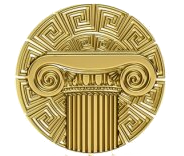 Civilization
Civilization
 History
History
 Sport
Sport
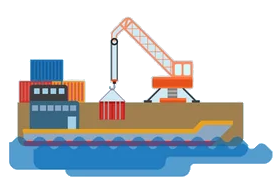 Important port
Important port
 Transport and traffic
Transport and traffic